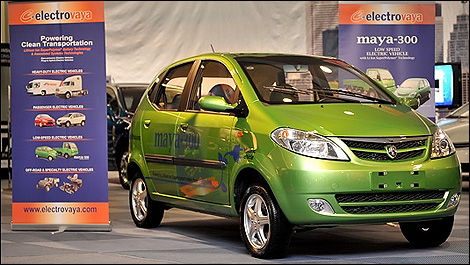This story exemplifies the potential for electric powered utility vehicles to make inroads into gas powered segments of the market. In this case, an electric powered Club Car replaced an older Gator utility vehicle in a county park. The lack of noise and odor emitted by the vehicle is noted as the advantages of the new vehicle. On the other hand, the staff remarked that the vehicle can only be used on the more developed parts of the park and not the trails, and cannot be operated all day or the power runs out. The vehicle is used for regular maintenance around the park. They did receive a number of favorable letters and calls from park users about the vehicle.
Comment: In much the same way utility vehicles have replaced full-size trucks when appropriate, I can see electric powered utility vehicles replacing gas powered vehicles or being the first vehicle of choice where they can perform just as efficiently, especially as the “going green” trend continues. However, except for vehicles like the Bad Boy Buggie, most of the electric utility vehicles will still fall short in some key performance requirements for the more demanding tasks required of gas powered vehicles.


